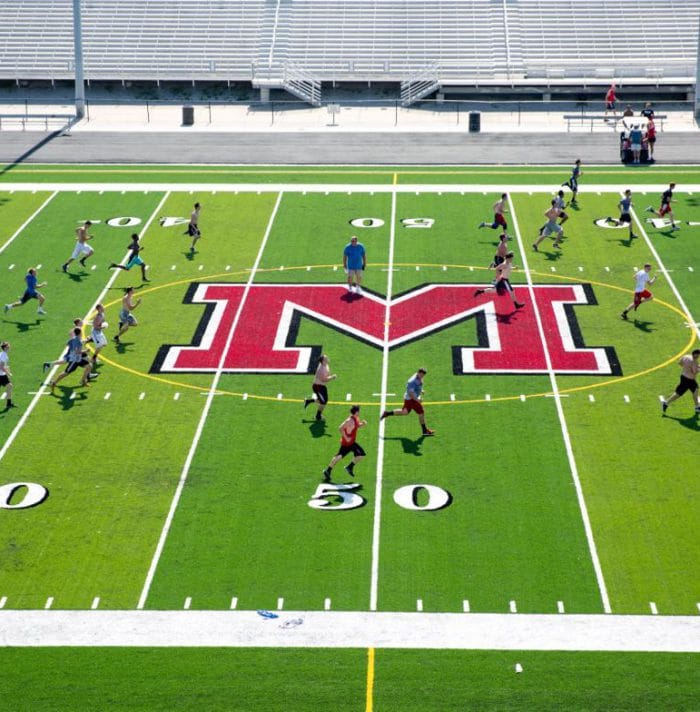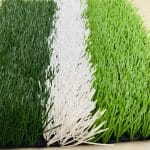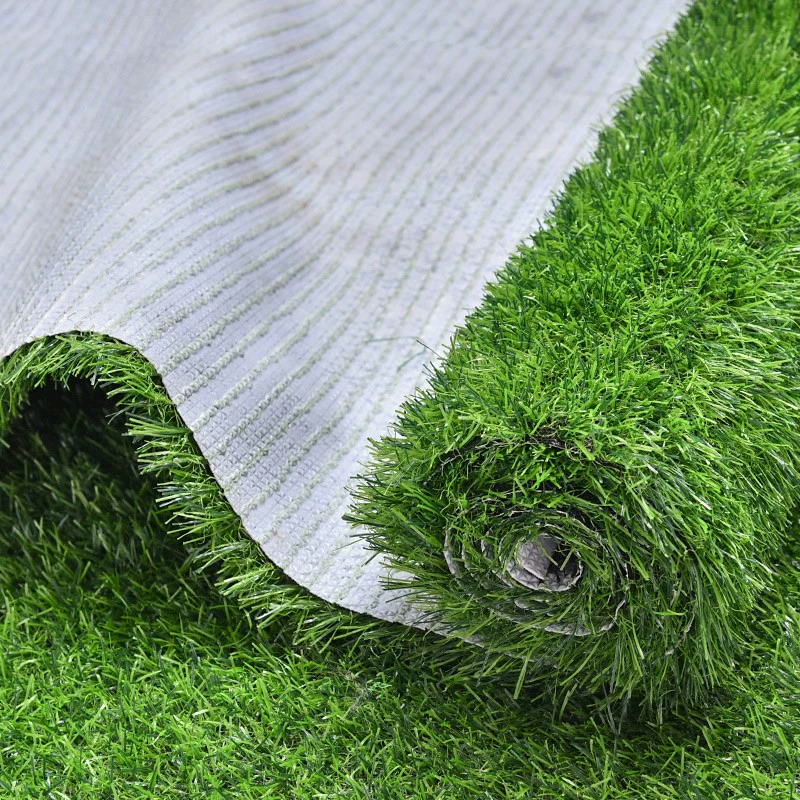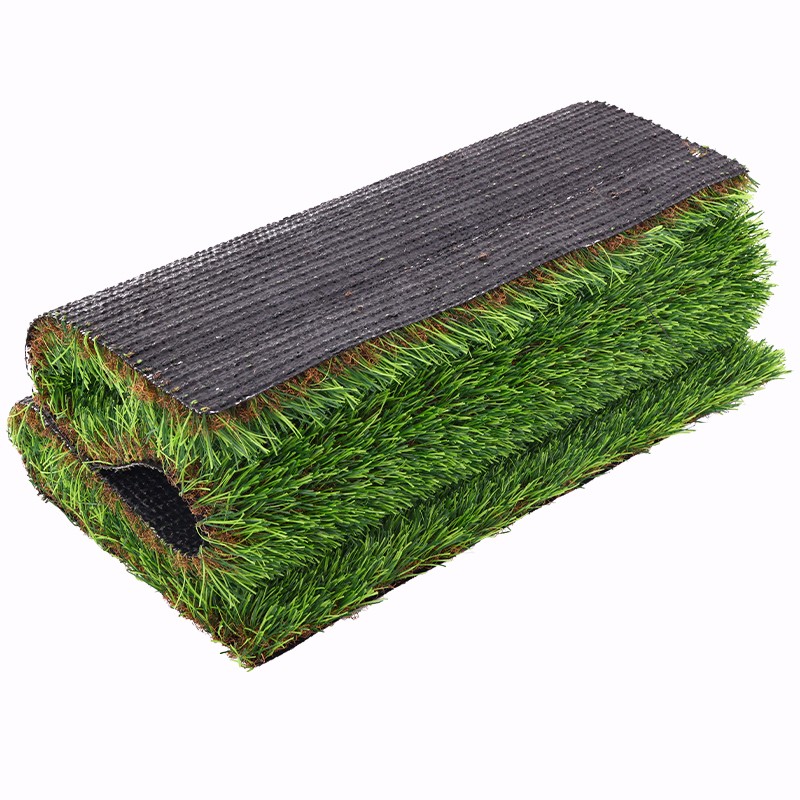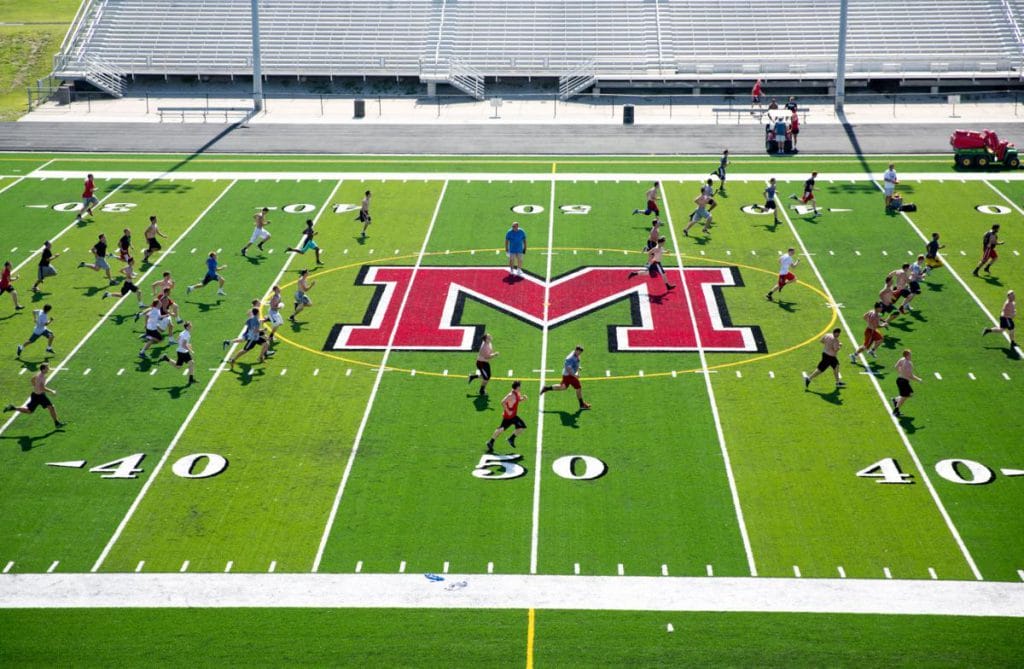
Slit film is one type of artificial grass fabric used for sports fields and landscaping applications. However, there are concerns over potential injuries and hazards posed by slit film turf that lead many experts to advise against its use.
Slit film blades are produced by slicing wide plastic sheets into narrow strips. This creates a dense, carpet-like surface lacking some shock absorption. The condensed, stiff fibers can lead to skin abrasions when players slide or dive.
Unlike softer monofilament grass blades, stiff slit film doesn’t have as much “give” when force is applied. Joints and limbs absorbing impact are at higher risk for bruises, strains or fractures.
The impermeable nature of slit film also prevents drainage, resulting in excessive surface heat and pooled water that breed bacteria. This poses infection risks, especially with cuts and scrapes.
Without proper infill, the carpet-style construction leaves an unforgiving surface prone to head injuries. Risk of concussions is a major concern on slit film fields lacking ample padding or protection.
The shiny, slick texture of plastic slit film also reflects sunlight glare, impairing athlete vision and judgment. This could contribute to collisions or uncontrolled falls.
While slit film turf is cheaper initially, the safety downsides make it less than ideal for active recreational spaces. Safer modern alternatives like monofilament and hybrid turf better protect players and spectators.
It’s important to note that advancements in artificial turf technology continually address these concerns, and slit film turf may be suitable for specific applications, such as landscaping or lower-impact recreational areas. When considering the use of slit film turf, it’s crucial to assess the specific needs of the project, the intended use of the turf, and the preferences of the individuals using the surface.


